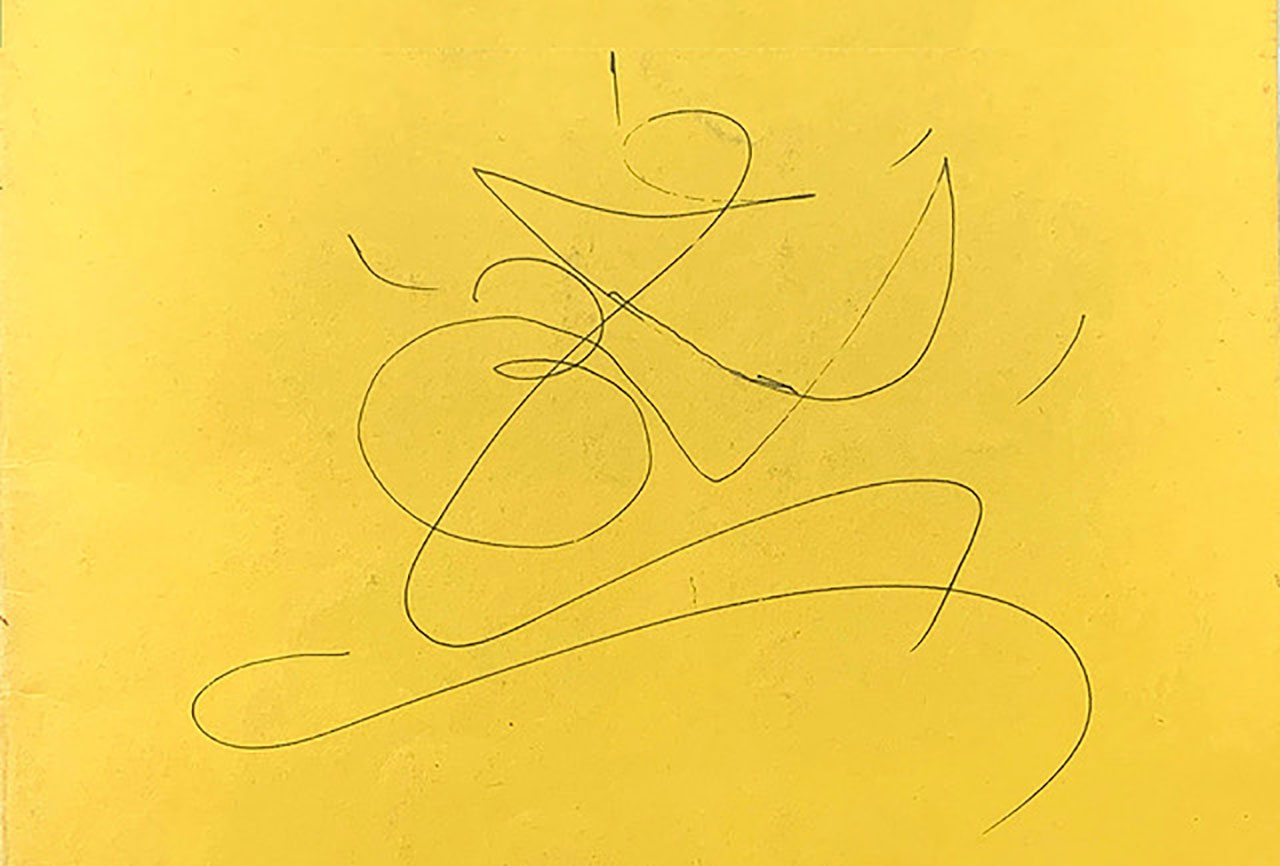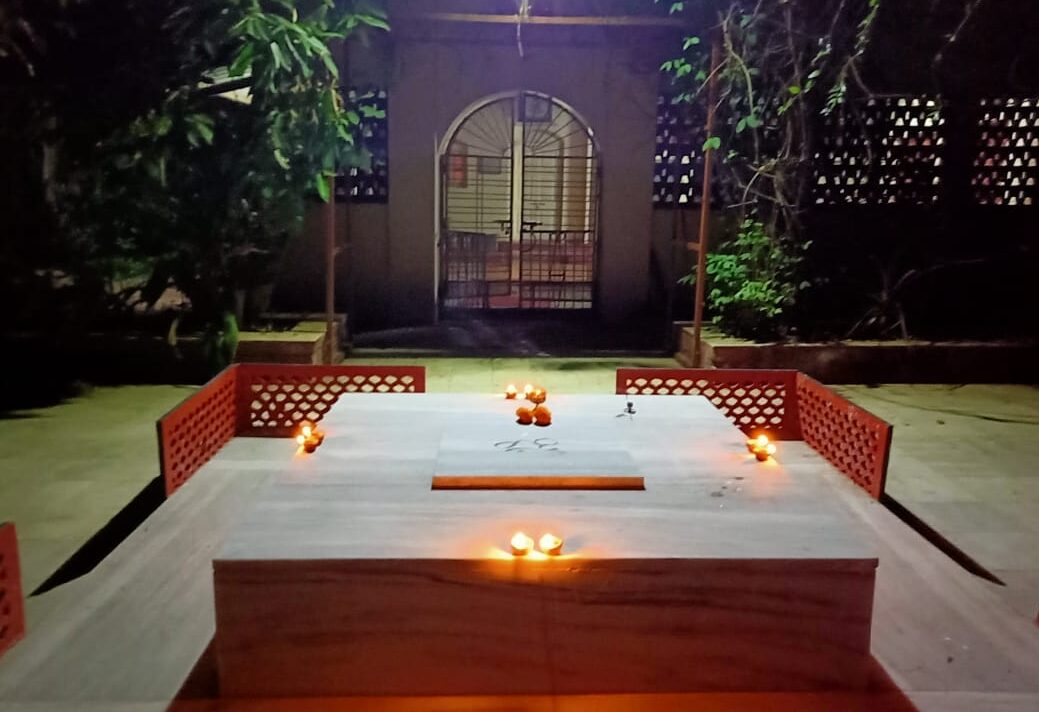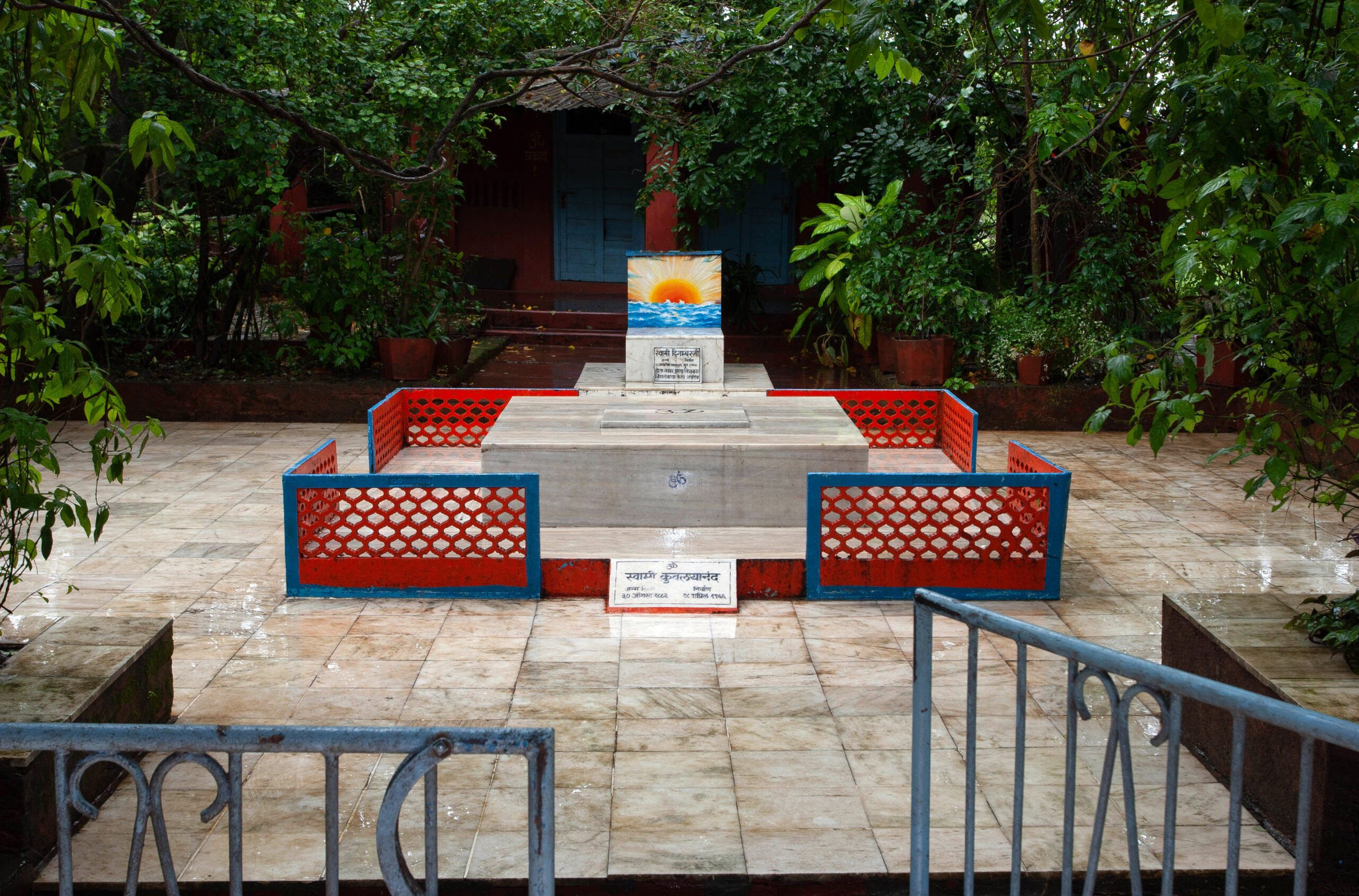Yoga Sutras
-

Lecture 6/6. Spain, Vilanova i la Geltrú, 2014.
The final lecture in this series focuses on the vitarkas (thoughts) and niyamas – śauca (purification), santoṣa (contentment), tapas (discipline), svādhyāya (self study) and iśvara praṇidhāna (surrender to the greater power). Swamiji assures us that the niyama are easy to understand; it is our thoughts – the vitarkas – that making the practice of these […]
-

Lecture 5/6. Spain, Vilanova i la Geltrú, 2014.
Developing on the breathing practices from previous lectures the simple practices here are the first step of a deep exploration of the breathing mechanism, and how this relates to pranayama according to the Yoga Sutras.
-

Lecture 4/6. Spain, Vilanova i la Geltrú, 2014.
The lecture includes discussion about the first four limbs of Aṣṭanga Yoga – the yama, niyama, āsana and prāṇāyāma. As part of this discussion it outlines a fundamental difference between Hatha yoga and Pātañjali’s Yoga Sutras and the outcome if one doesn’t adopt the yama and Niyama before practising āsana.
-

Lecture 2/6. Spain, Vilanova i la Geltrú, 2014.
Take some time to experiment with your breathing under the guidance of of Swamiji: there is much to learn and reflect upon. These experiments can help us learn the purpose of āsanas from the perspective of Pātañjali, and the fundamental difference between pranayama and āsana in the Yoga Sutras and in the Hatha Yoga Pradīprikā. They can also help us become aware of the difference between “doing” and “happening”.
-

Lecture 1/6. Spain, Vilanova i la Geltrú, 2014.
A reading of sūtras 28-45 of the second chapter of Pātañjali’s Yoga Sūtras and their link to suffering opens this lecture. It leads to an exploration of the breath with a particular focus on active and passive, or doing and happening.
-

Writing: The opening sūtra of the Yoga Sūtras
These three handwritten pages can be seen as a mind map of Swami Maheshananda’s thinking about the first sūtra, or aphorism, in the seminal yoga text, Pātañjali’s Yoga Sūtra. Like all the sūtras, for those that understand the text they can draw from each sentence layers of meaning, connections and practical reminders.
-

Recitation: Samādhi Pāda of the Yoga Sūtras.
This recording was made in the Kuti where Swami Maheshananda was giving instruction on how to recite the first chapter of the Yoga Sūtras.
